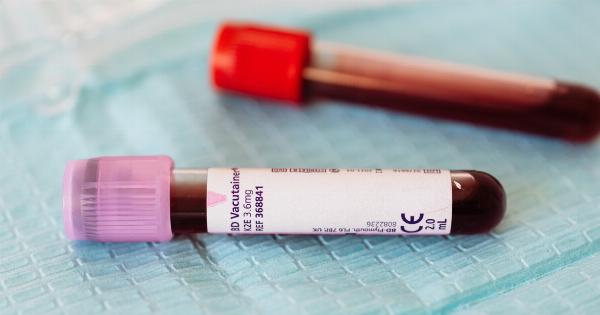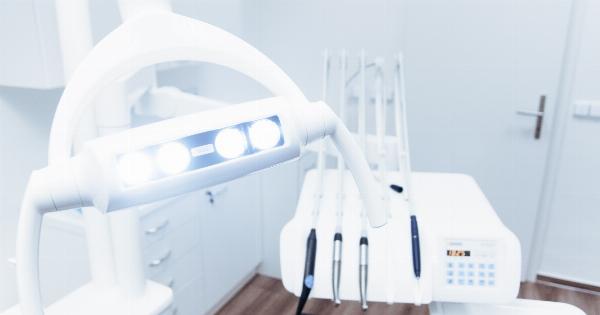Arterial blockages can cause a variety of serious health issues, including heart attack, stroke, and peripheral arterial disease. These blockages occur when plaque builds up inside the arteries, narrowing or completely obstructing blood flow.
Traditional treatments for arterial blockages include medications and invasive procedures like balloon angioplasty or stenting. However, a newer treatment called intravascular atherectomy offers a minimally invasive approach to treating arterial blockages.
What is Intravascular Atherectomy?
Intravascular atherectomy is a medical procedure that involves removing plaque from inside the blood vessels. The procedure uses a catheter – a long, thin tube – that is inserted into the blocked artery.
The catheter has a small, rotating blade at the end, which is used to shave away and remove the plaque.
There are several types of intravascular atherectomy devices, each with its own unique blade and cutting mechanism. One of the most commonly used devices is the Diamondback 360°, which uses a diamond-coated rotating tip to remove plaque.
Another device, the Jetstream, uses high-speed saline jets to break up and remove the plaque.
How Does Intravascular Atherectomy Work?
During the procedure, the patient is first given a local anesthetic to numb the area where the catheter will be inserted.
A small incision is made in the skin, and the catheter is inserted into the artery and guided to the site of the blockage using imaging technology like fluoroscopy or ultrasound.
Once the catheter is in place, the blade is activated and used to remove the plaque. The device is carefully guided through the artery, shaving away even stubborn or calcified plaque. The plaque is then removed and suctioned out of the body.
After the procedure, the patient will need to rest for a period of time before being discharged. In most cases, intravascular atherectomy is performed on an outpatient basis, meaning the patient can go home the same day.
When is Intravascular Atherectomy Used?
Intravascular atherectomy is typically used in cases where traditional treatments like medication or angioplasty have not been successful in treating arterial blockages.
It is also sometimes used in cases where the patient is not a good candidate for invasive procedures.
The procedure is commonly used to treat blockages in the arteries of the legs, a condition known as peripheral arterial disease (PAD). PAD can cause pain and discomfort in the legs, difficulty walking, and even gangrene in severe cases.
Intravascular atherectomy has been shown to be a safe and effective treatment for PAD, reducing symptoms and improving blood flow.
Intravascular atherectomy is also sometimes used to treat blockages in the coronary arteries, the blood vessels that supply the heart.
This is a more complex and risky procedure, but can be a lifesaving treatment for patients with severe coronary artery disease.
Advantages of Intravascular Atherectomy
Compared to traditional treatments for arterial blockages, intravascular atherectomy offers several advantages:.
- Minimally invasive: Unlike angioplasty or stenting, intravascular atherectomy does not require major surgery or general anesthesia.
- Reduced risk of complications: The risk of complications like bleeding or infection is lower with intravascular atherectomy than with invasive procedures.
- Effective for difficult-to-treat blockages: Intravascular atherectomy is often successful in removing even calcified or stubborn plaque that may resist other treatments.
- Short recovery time: Most patients are able to go home the same day as the procedure and can resume normal activities within a few days.
Risks of Intravascular Atherectomy
Like any medical procedure, intravascular atherectomy does carry some risks. These include:.
- Damage to the artery or surrounding tissue
- Excessive bleeding or bruising
- Infection
- Re-narrowing or re-blocking of the artery
However, the risks of intravascular atherectomy are generally lower than those associated with traditional invasive treatments like angioplasty or stenting.
Conclusion
Intravascular atherectomy offers a safe and effective way to treat arterial blockages, particularly in cases where traditional treatments have failed.
By removing plaque from the blood vessels, intravascular atherectomy helps improve blood flow and reduce the risk of serious health complications. While there are some risks associated with the procedure, the benefits of this minimally invasive treatment can be life-changing for patients with arterial blockages.






























